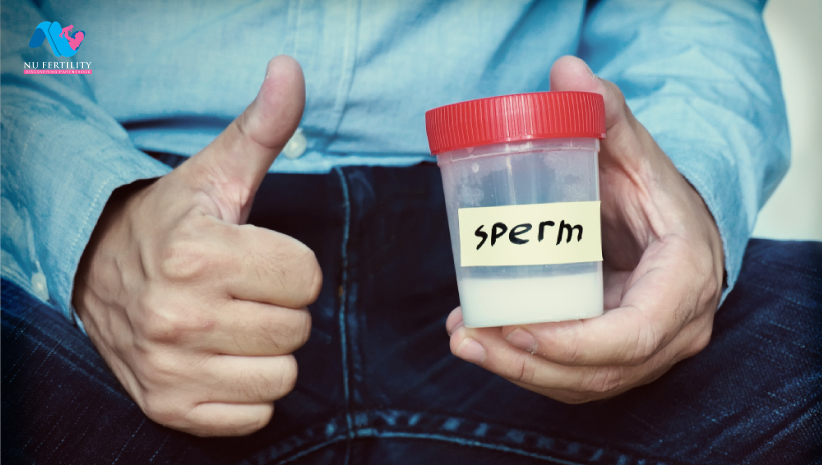Why is sperm donation done?
Sperm donation is a process where a healthy donor donates his sperms after undergoing few screening tests to help women attain pregnancy in cases where the male partner is infertile or in the absence of a male partner. The process involves a sperm donor who is usually kept anonymous. Direct sexual contact between the donor and recipient is not done, and the donor’s sperms are placed inside the woman’s body through artificial means. However, the nature of pregnancy stays similar and the sperm donor becomes the biological father of the offspring, thus getting an opportunity to father a child as a part of third-party reproduction. The process is usually carried out at a sperm donation centre.



